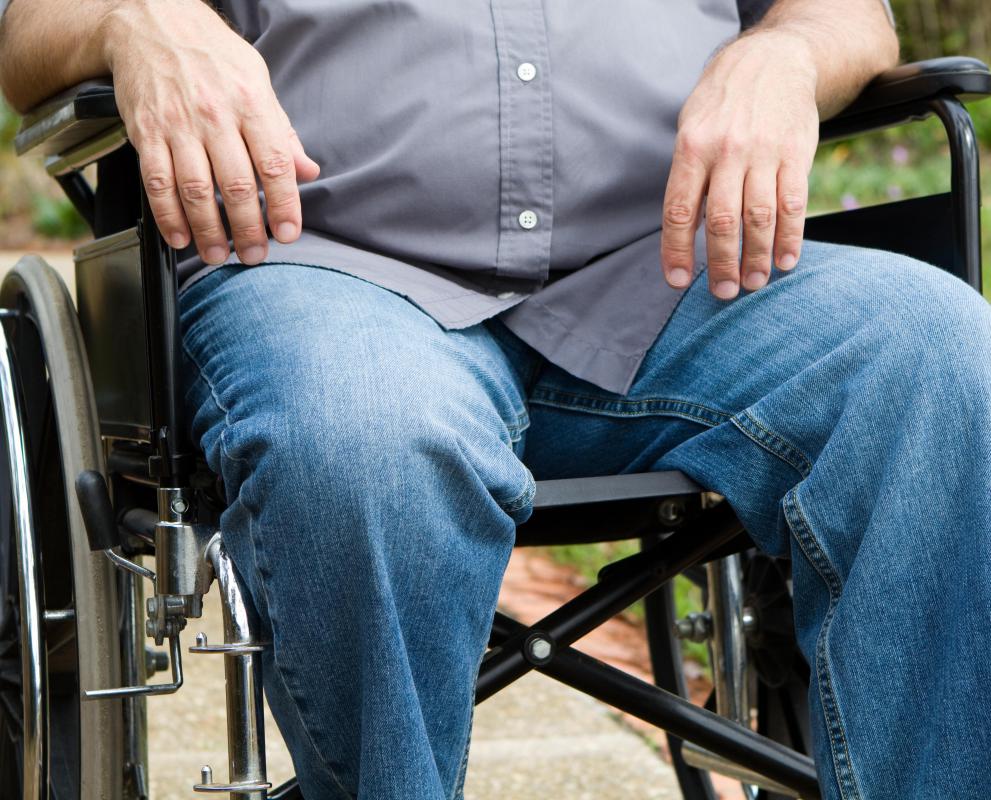At TheHealthBoard, we're committed to delivering accurate, trustworthy information. Our expert-authored content is rigorously fact-checked and sourced from credible authorities. Discover how we uphold the highest standards in providing you with reliable knowledge.
What is Charcot Foot?
Charcot foot is a debilitating foot condition often associated with disorders of neuropathy. Charcot foot typically occurs when the bones of the foot weaken, leading to a collapse of the foot's arch. The sole of a foot affected by this condition often takes on a convex appearance. It can be difficult and painful for sufferers to walk on a foot affected by this condition. Diabetics are considered more likely than others to develop Charcot foot, since diabetes can lead to nerve damage in the extremities, often known as peripheral neuropathy. Treatment is generally most effective when the disease is diagnosed early, and usually involves a combination of rest, bracing, special footwear, and surgery.
People who suffer from neuropathy, or nerve damage, in the feet are generally most vulnerable to Charcot foot. Nerve damage in the feet can contribute to weakening of the bones and joints in the foot. The bones and joints in the foot can eventually begin to collapse, causing the sole of the foot to bulge outward.

Repetitive stress, such as that which occurs during ordinary walking, can often contribute to the collapse of bones and joints in a foot affected by this condition. Sudden trauma, such as dropping a heavy object on the foot, can often cause the arch to collapse suddenly. Persons suffering from nerve damage in the feet often experience a reduced ability to feel hot, cold, or pain in the feet, and may continue about their daily activities without realizing that they have suffered serious foot injury.
Symptoms of this condition usually include inflammation and unusual warmth in the affected foot. Some people may be able to feel pain or discomfort in the affected foot.

Most physicians believe that, the earlier Charcot foot is diagnosed, the easier it is to treat. The patient may need to keep weight off of the foot for several months, since the softened bones of a Charcot foot can take a long time to heal. Keeping weight off of the foot often helps prevent a worsening of the condition. The patient may need crutches or a wheelchair to get around, and a cast or orthopedic brace may be applied to the injured foot. In severe and advanced cases, surgery may be necessary to repair the damaged bones of the foot.
Patients often need to wear customized footwear and make lifestyle adjustments to prevent the recurrence of Charcot foot. Time spent on the feet may need to be limited, to avoid placing too much strain on the weakened bones and joints of the feet. Most physicians will recommend customized footwear for both feet, since the other foot may be equally vulnerable to damage.
AS FEATURED ON:
AS FEATURED ON:












Discuss this Article
Post your comments